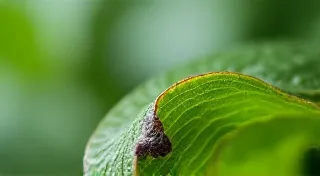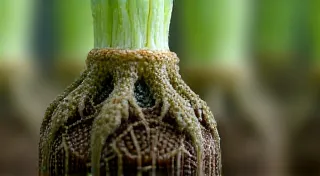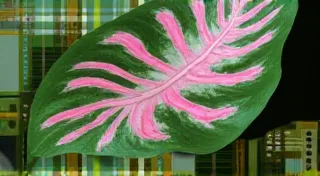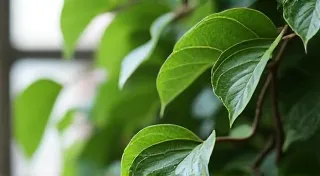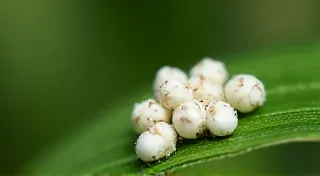Mastering Air Layering: Propagating Rare Houseplants
Air layering is a remarkable propagation technique, particularly valuable for gardeners seeking to expand their collection of rare houseplants. Unlike traditional stem cuttings, which can be challenging with certain species, air layering allows you to root branches while they’re still attached to the parent plant. This provides the developing roots with continued nourishment and support, significantly increasing the success rate for notoriously difficult-to-root varieties. This guide will walk you through the process step-by-step, empowering you to propagate your treasured uncommon plants with confidence.
Why Choose Air Layering for Rare Houseplants?
Many rare houseplants are woody or have thick stems that stubbornly resist rooting through standard cuttings. Plants like Monstera deliciosa (especially varieties beyond the common ‘Thai Constellation’), Hoya carnosa ‘Krimson Princess’, or specific cultivars of Philodendron can be frustrating to propagate this way. Air layering offers a solution because it bypasses the initial shock of being separated from the parent plant. The developing roots have access to the plant's resources, ensuring a healthier, more vigorous new plant. The success of air layering can be especially beneficial when dealing with plants that require very specific growing conditions, similar to the care needed for a String of Turtles (Peperomia prostrata).
Furthermore, air layering lets you propagate parts of a plant that might be inaccessible for cuttings, such as high branches or sections with unique variegation you want to preserve.
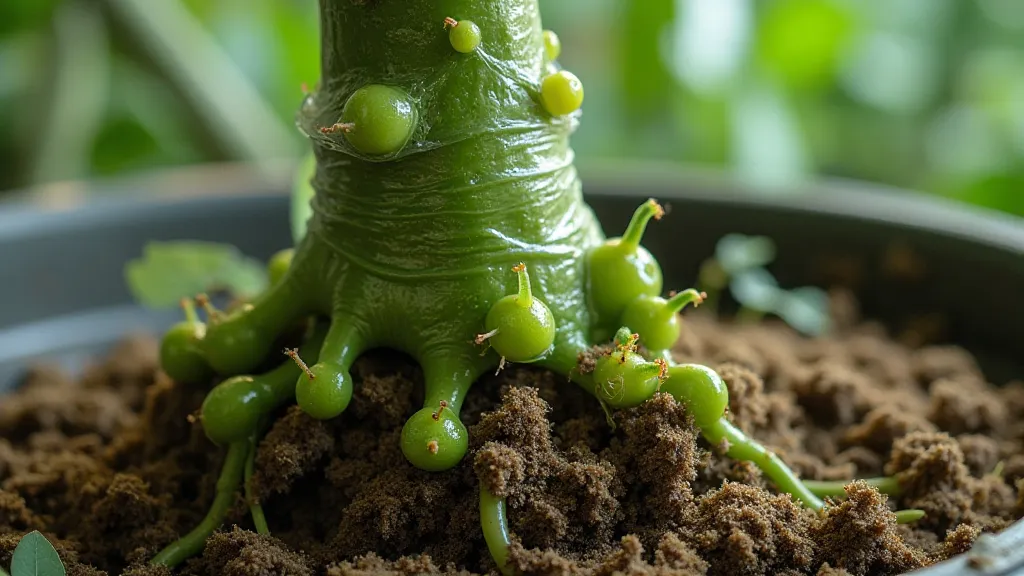
Materials You’s Need for Air Layering
Gathering the right tools and materials is crucial for success. Here's a checklist:
- Sharp, Clean Pruning Shears or Knife: Sterilize these to prevent disease transmission.
- Sphagnum Moss: This acts as the rooting medium and retains moisture. Ensure it’s rehydrated and slightly damp, not soaking wet.
- Plastic Wrap or Landscape Fabric: This creates a humid microclimate around the air layer. Plastic wrap is readily available, while landscape fabric is more breathable.
- Twine, Plant Ties, or Tape: To secure the plastic wrap or landscape fabric.
- Rooting Hormone (Optional): While not always necessary, it can encourage faster root development, especially for plants that are particularly difficult to root. Remember that proper timing is also important for optimal rooting; it’s a concept similar to repotting rare houseplants.
Step-by-Step Guide to Air Layering
- Select the Node: Choose a healthy stem on your plant. The ideal location is a node—the point where a leaf or branch emerges from the stem. Roots will form from this point.
- Prepare the Stem: Using your sterilized pruning shears or knife, carefully remove a narrow ring of bark (about 1/4 inch) around the stem. This is known as girdling. Be careful not to cut too deep and damage the underlying tissue. This exposes the cambium layer, which is essential for root development.
- Apply Rooting Hormone (Optional): If using rooting hormone, apply it to the exposed cambium layer. Follow the product's instructions carefully.
- Wrap with Sphagnum Moss: Thoroughly moisten the sphagnum moss and wrap it around the girdled area of the stem, covering the exposed cambium. Make sure the moss is packed tightly but not compressed.
- Secure the Moss: Wrap the moss securely with plastic wrap or landscape fabric. Begin wrapping from below the girdled area and continue upward, ensuring the moss remains in contact with the stem. Use twine, plant ties, or tape to secure the wrap.
- Monitor and Maintain Moisture: Check the air layer regularly. The moss should remain moist but not waterlogged. If it appears dry, gently mist the wrap with water.
- Root Development: Root development typically takes several weeks to a few months, depending on the plant species and environmental conditions. Maintaining a consistent environment, free from stressors, is key, just as with addressing dealing with mealybugs on rare houseplants.
- Sever and Pot: Once the roots have formed and are visible through the moss, it's time to sever the new plant from the parent. Carefully cut the stem just below the newly formed roots. Pot the new plant in a well-draining potting mix and care for it as you would a mature plant.
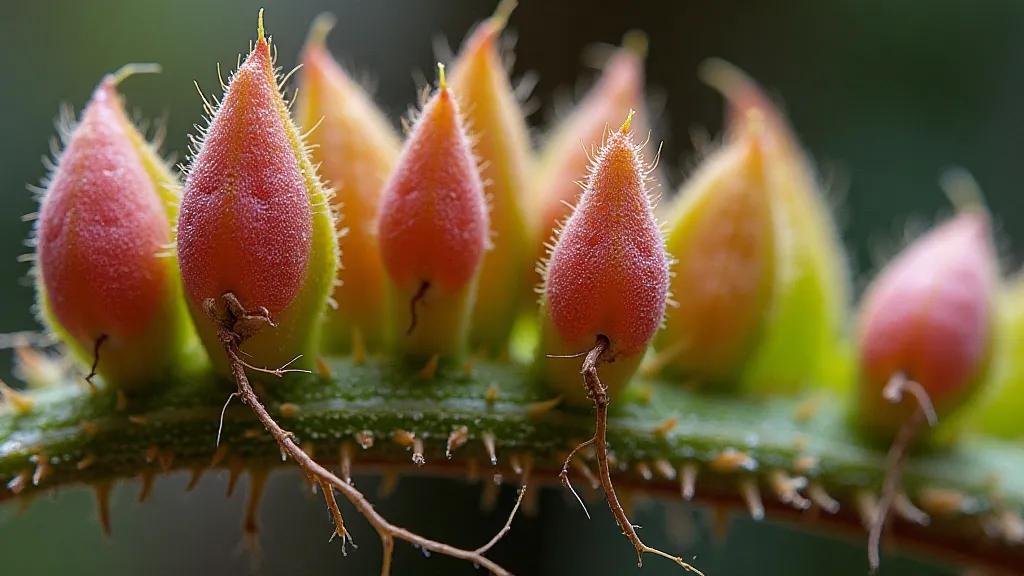
Common Mistakes to Avoid
- Improper Sterilization: Failing to sterilize your tools can introduce diseases and pests.
- Over-Girdling: Removing too much bark can damage the stem and hinder root development.
- Dry Moss: Allowing the sphagnum moss to dry out will prevent root formation.
- Too Much Sunlight: Air layers prefer indirect light. Direct sunlight can overheat the moss and damage the developing roots.
- Compacted Moss: Packing the sphagnum moss too tightly can restrict oxygen flow.
Troubleshooting
No Root Development: This could be due to several factors, including insufficient moisture, too much sunlight, or improper girdling. Re-evaluate each step and make adjustments. Sometimes, underlying issues affecting plant health can hinder rooting, much like leaf drop SOS on rare plants.
Rotting: Rotting typically indicates that the air layer is too wet or receiving too much sunlight. Improve ventilation and move the plant to a shadier location.
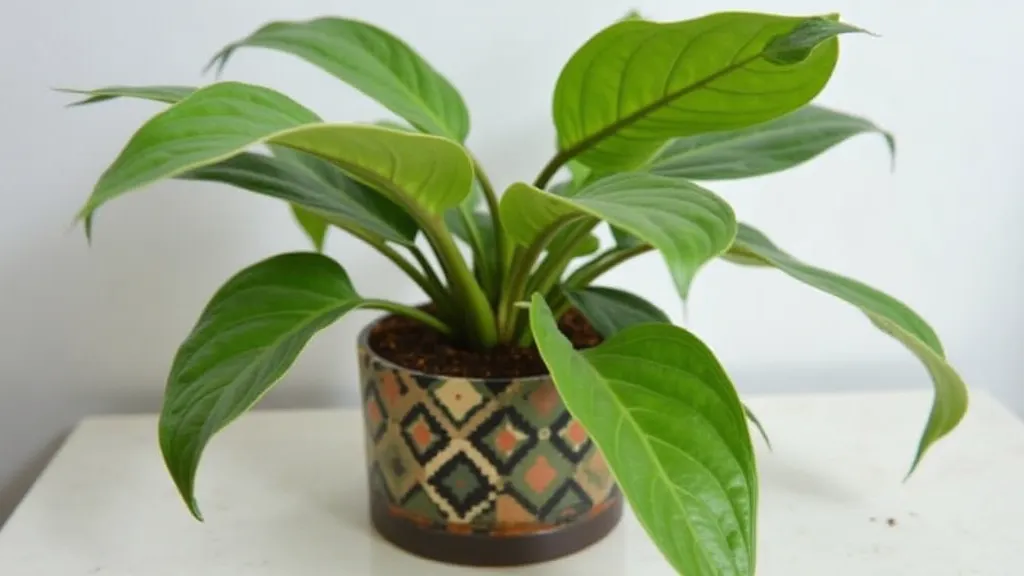
Expanding Your Air Layering Skills
While air layering can seem complex at first, with practice, you’re likely to expand the methods to other stems of a plant, or to even entirely new plants. Consider these tips and considerations:
- Multiple Air Layers: Once you’re comfortable with the basics, you can try applying air layering techniques to multiple nodes along a single stem. This allows for multiple new plants from a single parent plant.
Conclusion
Mastering air layering opens up a world of possibilities for expanding your collection of rare houseplants. With patience and attention to detail, you can successfully propagate even the most challenging varieties and enjoy the satisfaction of creating new plants from your treasured specimens. Remember to observe your plants carefully and adjust your techniques as needed. Happy propagating!
